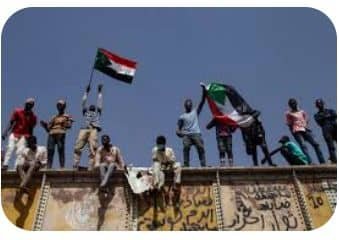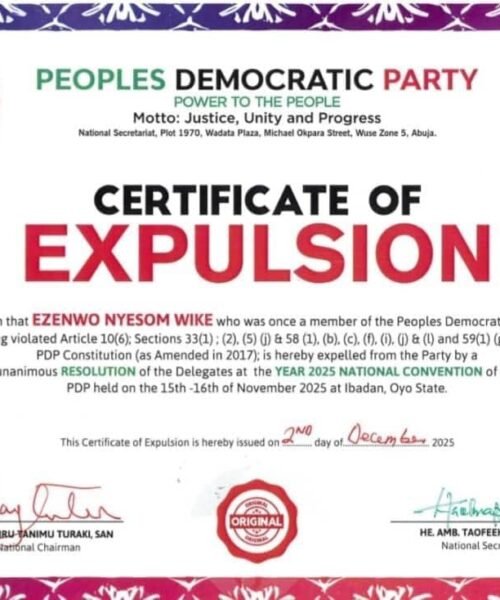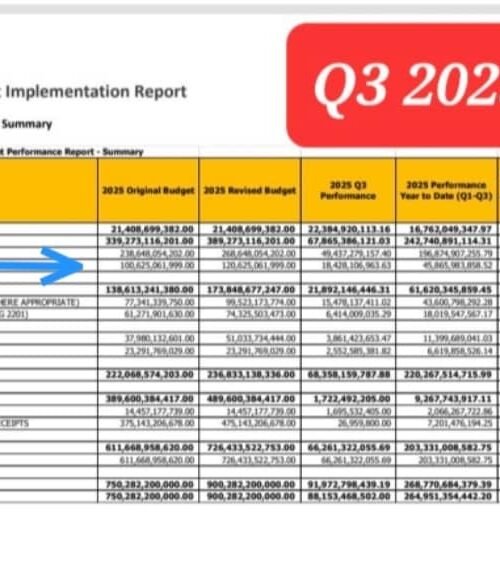When Protests Become Graveyards
A 340% inflation rate. 30 million starving. Sudan’s pro-democracy cries met not with reform, but rifles—and a war displacing 7.1 million. Freedom’s price? A broken state.”
The case of Sudan serves as a sobering lesson for pro-democracy movements seeking to oust authoritarian regimes in Africa, illustrating how protests can spiral into protracted crises without strategic cohesion, economic stability, or safeguards against military entrenchment. The 2019 revolution that toppled Omar al-Bashir’s 30-year regime initially appeared triumphant, with mass protests involving millions of citizens and coordinated strikes led by groups like the Sudanese Professionals Association (SPA). However, the lack of a unified civilian front and overreliance on a military-civilian transitional government proved catastrophic. Despite Bashir’s removal, the security apparatus remained intact, and the military—led by General Abdel Fattah al-Burhan—exploited its position to stage a coup in October 2021, derailing the transition. Post-coup protests faced brutal repression: the Sudanese Doctors’ Committee documented over 120 protesters killed and 3,000 injured by security forces between October 2021 and January 2023, while Armed Conflict Location & Event Data Project (ACLED) recorded 1,176 fatalities linked to political violence in 2022 alone. The economic fallout compounded the crisis: inflation soared to 340% by mid-2023 (World Bank), and 65% of Sudan’s population—30 million people—required humanitarian aid (UN OCHA) as foreign aid froze post-coup.

The 2023 outbreak of war between the Sudanese Armed Forces (SAF) and paramilitary Rapid Support Forces (RSF) further exposed the fragility of militarized transitions. By late 2023, clashes had displaced 7.1 million people internally and killed 13,900+, with reports of ethnic massacres in Darfur (UN). This descent into chaos underscores how protests that fail to dismantle entrenched military networks risk enabling even deadlier conflicts. Sudan’s GDP contracted by 12% in 2023 (IMF), with critical infrastructure destroyed and 80% of hospitals non-functional (WHO). The pro-democracy movement, fragmented between the SPA, Forces for Freedom and Change (FFC), and grassroots committees, lacked a coherent post-Bashir roadmap, allowing the military to co-opt dissent. External actors—including regional powers backing rival factions—exacerbated divisions. For activists, Sudan’s trajectory highlights the perils of incomplete revolutions: without demilitarization, economic planning, and inclusive governance frameworks, protests risk trading dictatorship for state collapse. The $60 billion in external debt choking Sudan’s economy (World Bank) further emphasizes the need for international solidarity that prioritizes civilian sovereignty over geopolitical interests. In sum, Sudan’s unravelling is a masterclass in how democratic aspirations, when met with institutionalized militarism and economic neglect, can ignite disasters far graver than the regimes they seek to replace.

Dr Chukwuemeka Ifegwu Eke writes from the University of Abuja Nigeria.







